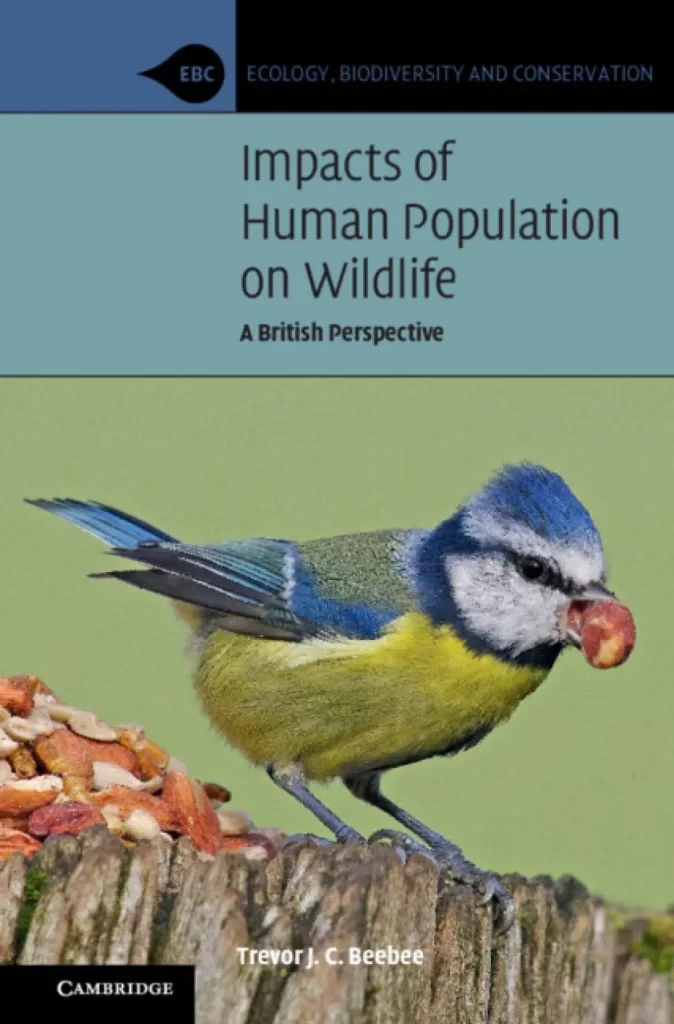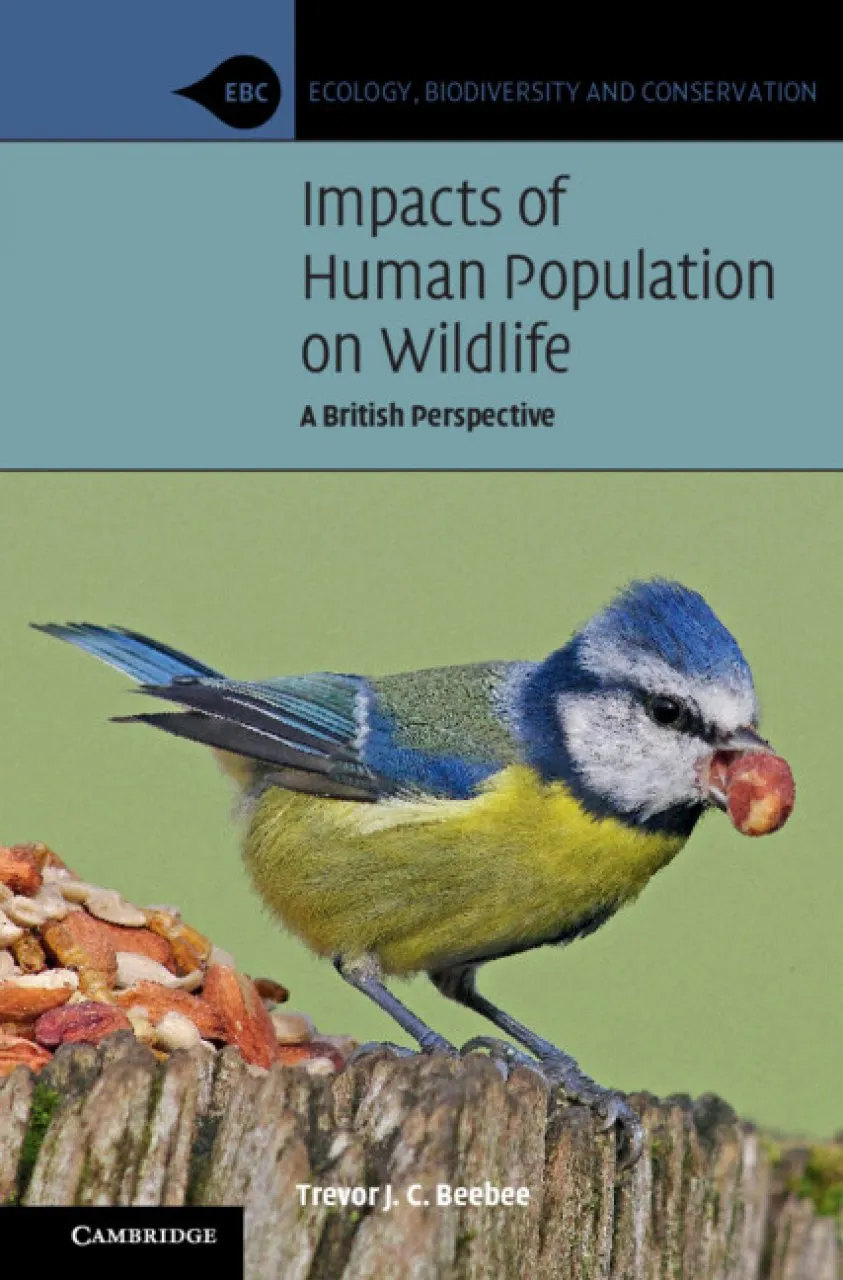We all know that population matters. But we also realise that it is the elephant in the room, the vast presence which must never be mentioned. So we behave as if it is not there. We project views of sustainable, co-operative futures which are about as likely as the lion lying down with the lamb. There is, as it happens, a body called Population Matters, a UK-based charity which has a ‘vision of a future in which our population co-exists in harmony with nature and prospers on a healthy planet, to the benefit of all’. I doubt whether it has a single member who really believes that this is achievable. This honest and brave new book by Trevor Beebee (expert on reptiles and amphibians, pond life, climate change and much else besides) effectively explains why it is not.
Human population, argues Beebee, is the driver for pretty well all the things that degrade the countryside and destroy wildlife. Whatever we do, from building new estates, roads and railways to poisoning the fields and overfishing the sea, the demands of a growing population lie at its root. Sure, habitat destruction is to blame for the loss of species worldwide, but that destruction is impelled by our exploding numbers. As Paul Ehrlich wrote back in 1968, when people were still listening, Homo sapiens is a time-bomb. In Britain our population has doubled within what is now an average lifetime. In some other parts of the world, it has quadrupled or even quintupled.
Over ten chapters Beebee relates the evidence for recent wildlife decline in Britain, and details the various impacts of development, destruction, disturbance, poisoning and disease. The conservation industry struggles against the tide of what we used to call progress, but, as we know, the National Parks do little for wildlife, the government agencies are underfunded, and more than half of the supposedly protected sites are failing. And, as mentioned, none of the NGOs acknowledges the problem at the heart of it all. As bodies that rely on funding and memberships, it is more than their jobs are worth. Beebee is careful when it comes to mass immigration, now the driver of Britain’s (and Europe’s) population increase. The projected population increase for Britain of just four million by 2043 looks suspiciously low, but, whatever it is, our wildlife will face ever-increasing pressures.
This is a well-written account by a very well-informed British naturalist of the way population affects wildlife. It is written without recourse to technical jargon, but also with a careful, precise and temperate use of language, and with the balanced judgements which you would expect in a small-circulation scientific series published by Cambridge University Press. As one who has also written on the subject of wildlife loss and its causes, I sometimes feel as though we are keepers of a great secret, seeing what is really there, instead of the pretended ‘visions’. But to unveil the elephant in the room entails treading on eggshells, hoping the facts speak for themselves. All the same, in Beebee’s well-sourced, calmly argued book, they are all here if you want them.

